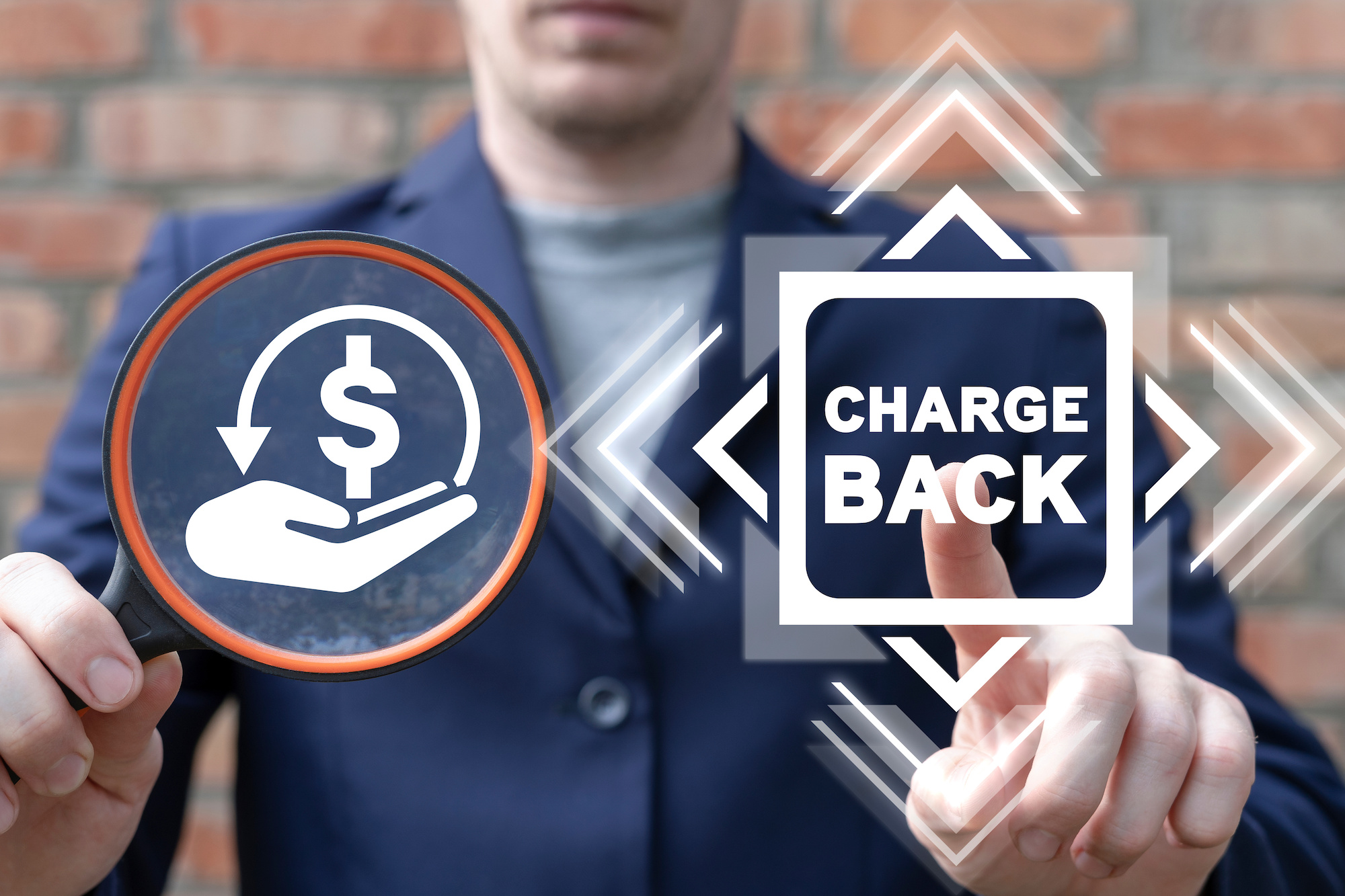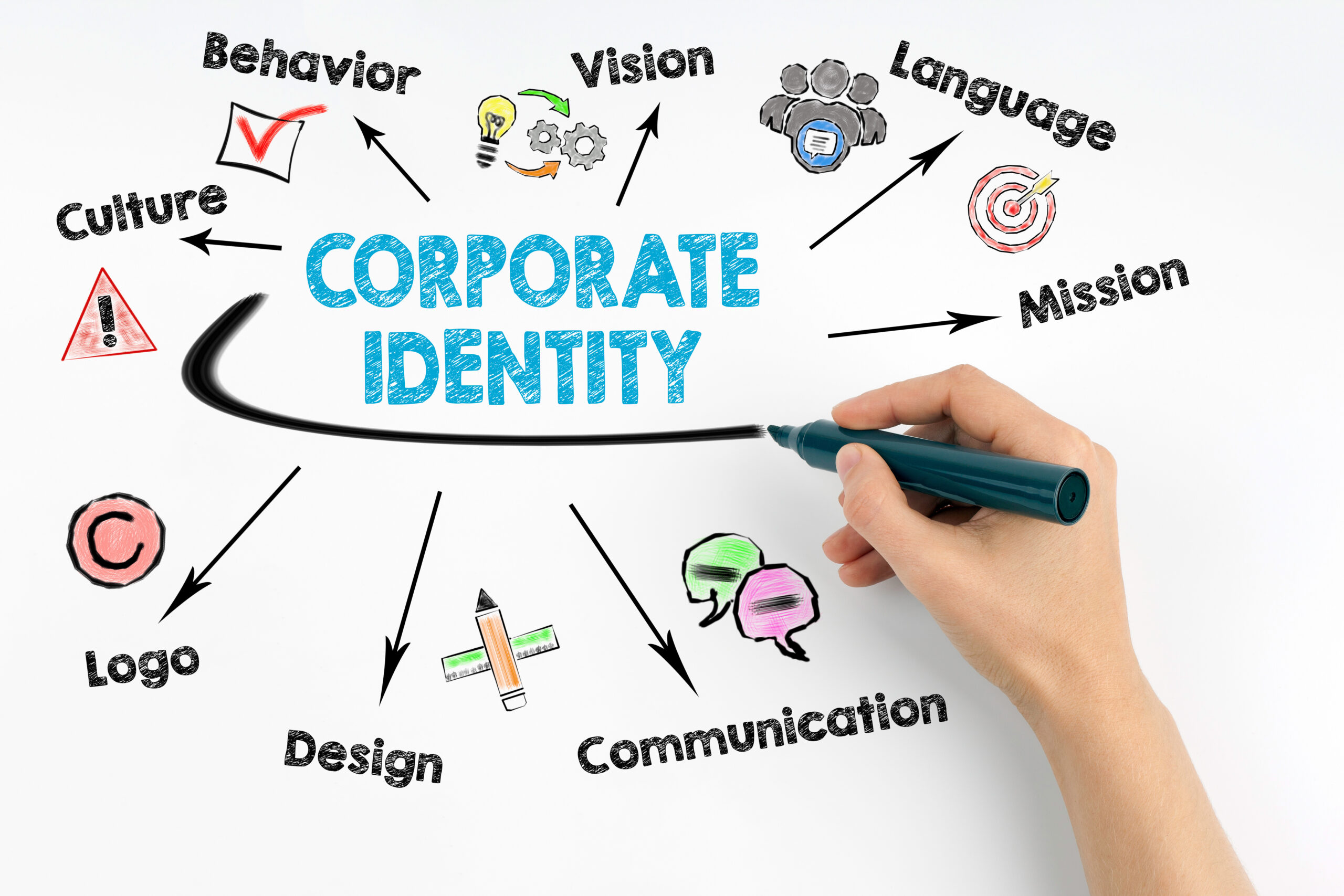Please note that the reference we refer to in protecting your business from chargebacks and how to dispute is for assistance only and does not provide any guarantees.
According to some rules determined by international card payment systems, credit cardholders have the right to object to some transactions made with their cards.
This objection is forwarded to the bank of the workplace by the card-issuing bank, and then the business bank requests documents from the relevant workplace about the details of the contested transaction.
When the requested documents are found to be insufficient, the amount of the objected transaction is collected from the workplace by the workplace bank and transferred to the card-issuing bank. This process is called a chargeback.
Banks are obliged to adhere to the rules set by the card institutions regarding chargeback. This procedure is not just a special procedure applied to a bank or local banks. The chargeback mechanism operates in the same way in every country where the rules of card organizations are accepted and enforced.
Banks cannot share any address or telephone information of cardholders with member merchants, due to the principle of better service with the laws on hiding customer information.
How Does the Chargeback Procedure Work?
The chargeback procedure can be summarized as follows:
- The cardholder submits his objection to the credit card provider bank.
- The cardholder provider bank transmits this chargeback received to the merchant bank.
- The workplace bank submits the relevant objection to the workplace and requests the documents regarding the transaction.
- The workplace transmits the relevant documents to the bank.
- If no documents are delivered on the date given for the delivery of the documents to the workplace, or if the documents sent are not found sufficient, the amount of the objected fee is withdrawn from the workplace account and returned to the cardholder bank of the victim.
- If the incoming documents are deemed sufficient, they are forwarded to the cardholder bank and the objection is concluded negatively. In this case, the workplace is not obliged to return the relevant amount.
Which Documents Are Valid In Case Of Chargeback?
Documents requested are different depending on the reason for the chargeback. The most common reason for a chargeback is that the transaction was made without the knowledge or consent of the cardholder.
In this case, a legally valid document is required that the product and/or service was delivered to the cardholder. If the required documents are sent to the bank, the result of the chargeback complaint will be determined by the workplace and the cardholder banks.
Transactions such as cancellation or refund must be made to the card with which the transaction was made through the system, and no transfer should be made to any different card, to another person, or another bank account in line with the customer’s request.
How to Prevent Chargeback?
There is no way for businesses to reset their chargeback risks. However, there are some ways they can minimize the risk of chargebacks. Which measures to take is up to the business owner to decide.
The most important situations that need attention are listed below:
- First-time shoppers
A customer who has been regularly shopping from an e-commerce site for 6 months is much less likely to be fraudulent than a new customer.
- Orders far above the average order amount of the product
Internet fraudsters try to get the most gain in the minimum of attempts they can.
- Orders containing more than one of the same product
It is valid for products that are not abnormal to order more than one, such as flowers and similar products.
- Products that are easy to sell as stolen goods
Products that are mostly preferred in fraud, such as mobile phones, physically small, and highly valued are generally preferred by fraudsters.
- Successful transactions after unsuccessful attempts with similar card numbers
It could mean that a credit card fraudster tried the card numbers they had stolen.
- Multiple unsuccessful transactions made by the same customer
It can show that the credit card fraudster is looking for the correct card information by trying various information belonging to the cardholder.
- Use of the same card number by different customers
Internet fraudsters can create different fictitious users to hide their actions.
Unfortunately, it is not possible to completely remove fraudulent events. However, business owners who take the correct action and carefully review orders for received products can minimize chargeback rates.
If you also have problems with a chargeback, you can minimize the chargeback situation you will experience by applying these items.




